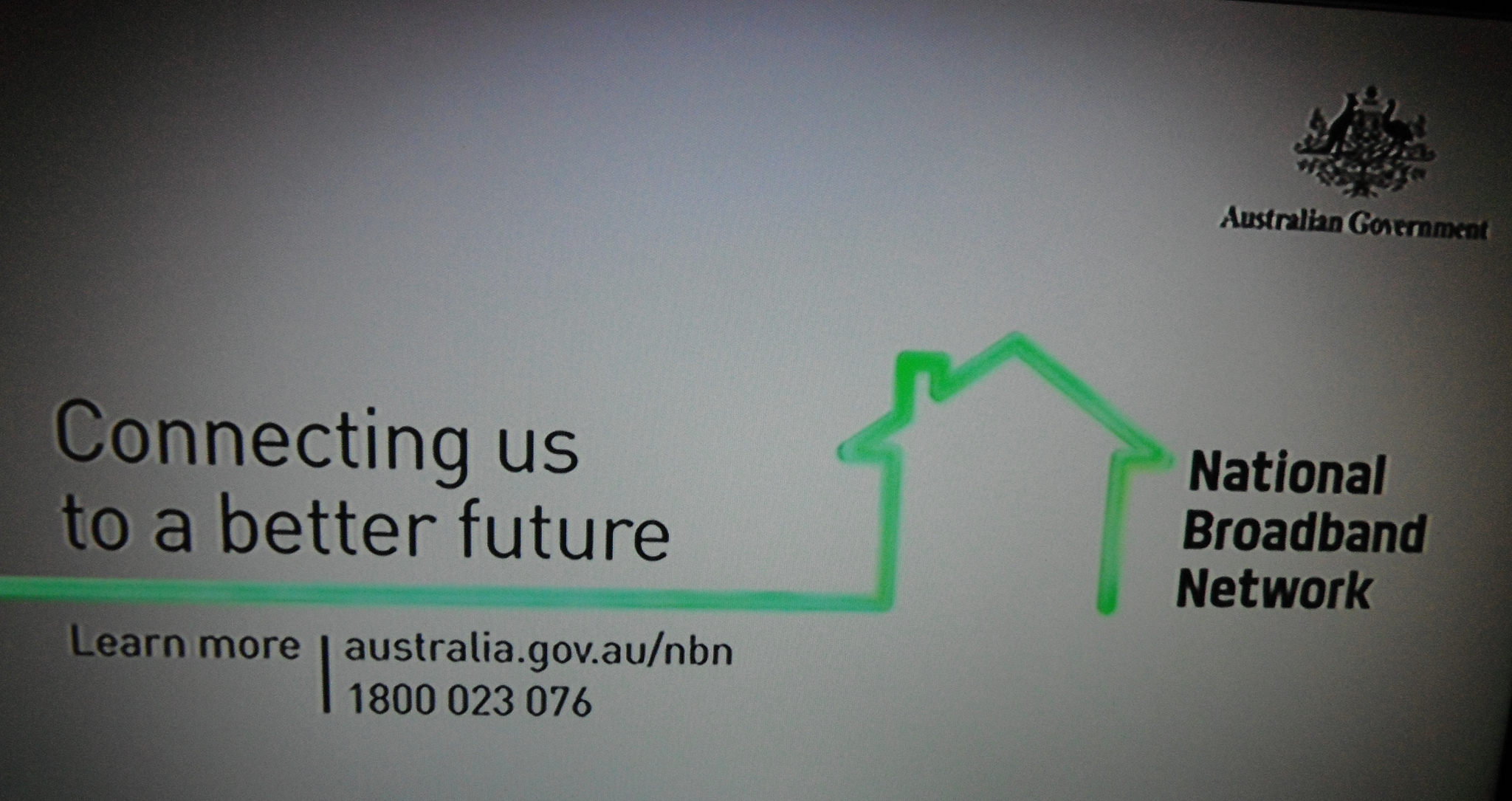Antipodeans are watching what happens in more mature broadband markets — the UK, the USA — and trying to learn from their mistakes while seeking greater value.
Trefor.net welcomes “Broadband Week” guest contributor Tom Avern who, when he isn’t pontificating on the internet, can using be found helping his clients sort out their network issues, riding bicycles, or taking photographs. Tom has been network engineering for 13 years, since he was but a lad, and has a CCNA to prove it.
If there is one global constant with regard to broadband it is that consumers will always want more speed and more bandwidth. Another global constant, of course, is the difficulty of managing the traffic.
One advantage that we antipodeans have is that we can watch what happens in more mature markets — the UK, the USA — and try to learn from their mistakes. For instance, the next big thing here in our sunburnt country is the National Broadband Network (or NBN), a roll-out similar to BT’s efforts with the “Infinity” products and their wholesale equivalents. What is interesting about the NBN process isn’t so much the similarities as it is the differences, and when looking into the available NBN plans and technology that an average broadband consumer may purchase I was surprised at what I found.
First, it seems that copper is almost dead, as the NBN Co will be removing copper lines everywhere and replacing them all with FTTP. Under this scheme, a good old analogue phone will function by way of an interface in the “NBN Connection Box”, which in turn will be connected to a power supply with a battery backup built in to facilitate phone calls during a power outage.
Second, the service itself can be delivered to the “NBN Connection Box” in one of three ways: (1) fibre, as detailed above, (2) wirelessly from a mobile tower, via a panel antenna affixed to the roof of the home, and (3) via satellite, for extremely remote locations. Something for all situations.
Third, the NBN has announced a plan with Telstra to provide VDSL FTTC services to 200,000 homes. This is a copper-based product (the only one yet to make an appearance), and thus it seems that not all of the copper is bound for the scrap yard.
I find myself wondering what will happen at the exchange. For one, there will be a lot of space where backup batteries and copper termination equipment used to reside, and if this space was re-purposed to facilitate server hosting — in a location on top of a major fibre node with decent power availability — well, could it all be leveraged as a business? Would people use it? Also, there could be real value in providing cache servers local to customers in heavy-use areas, to provide faster access to popular resources such as VoIP or VoD.
While writing this article, I compared plans in both the UK and Australian markets, and I found myself disappointed by the lack of value in the Aussie broadband market. Down under, your dollar buys you speed but not much in the way of data allowance. In conjunction, because Australia suffers from a population density problem (or, rather, the lack of such, as in comparison the UK has an average of 0.003 km2 per person while Australia has 0.3 km2), when the costs of delivering utilities is extrapolated you simply have to accept the fact that delivery will be more expensive and time-consuming in Australia.
Mobile data is a bit of a sore point with yours truly as Australia has yet to get mobile data plans that represent what I would call value. There are expensive plans available, including a “massive 512MB” that I find hilarious when compared with the unlimited plans available elsewhere in the world. The country is accessing the same content as the rest of the world with plans that are woefully behind and, again, density appears to be the issue: lots of mobile towers needed to cover a sparsely distributed subscriber base.
Currently, there are areas of Australia that appear on the three-year forecasted availability list for the NBN, so I think we’ll have to wait a while before the totality of the land down under is online at high speed, at value prices or not.
